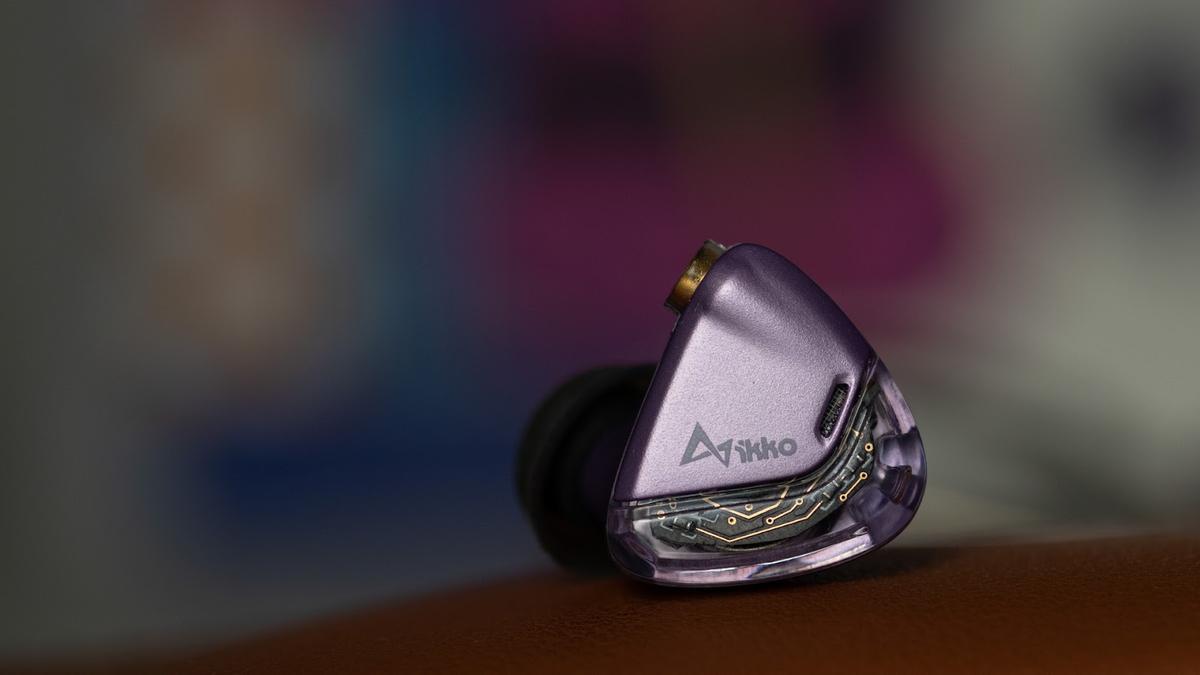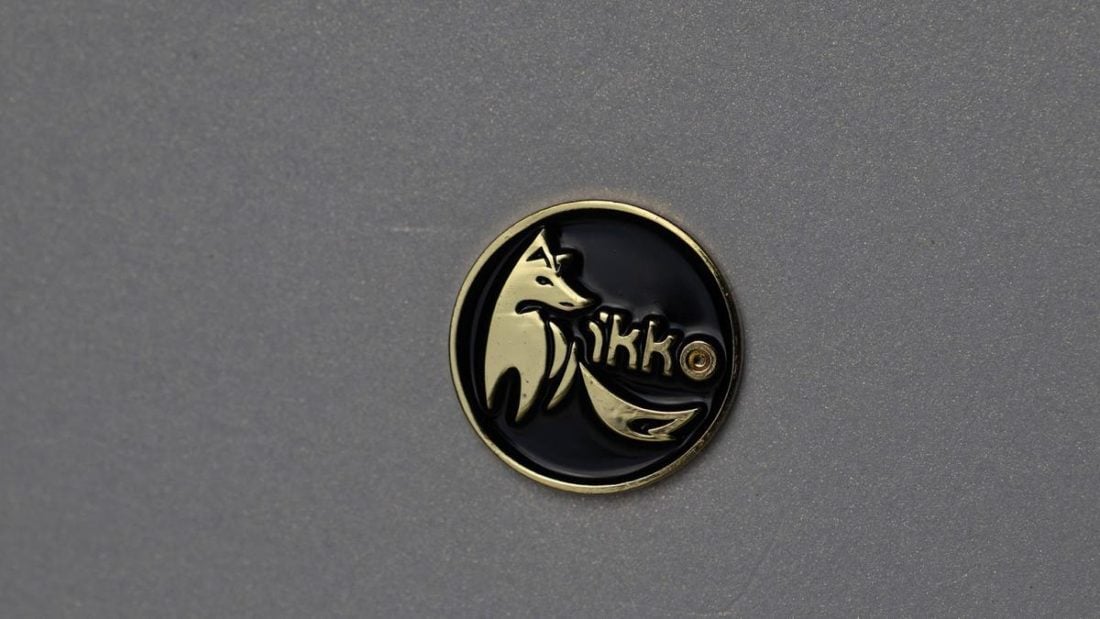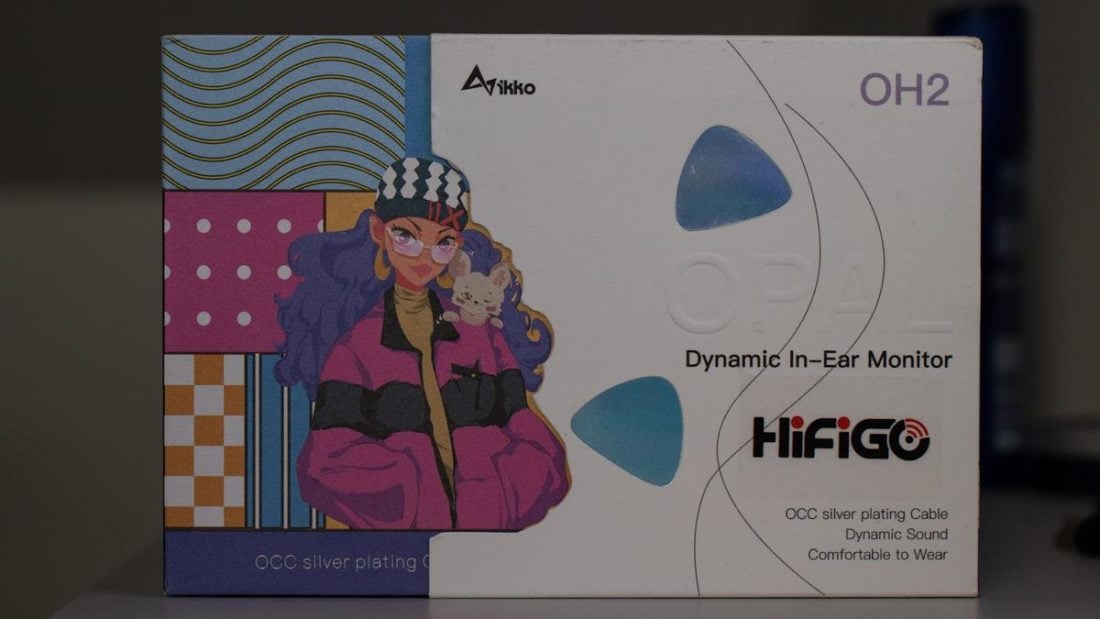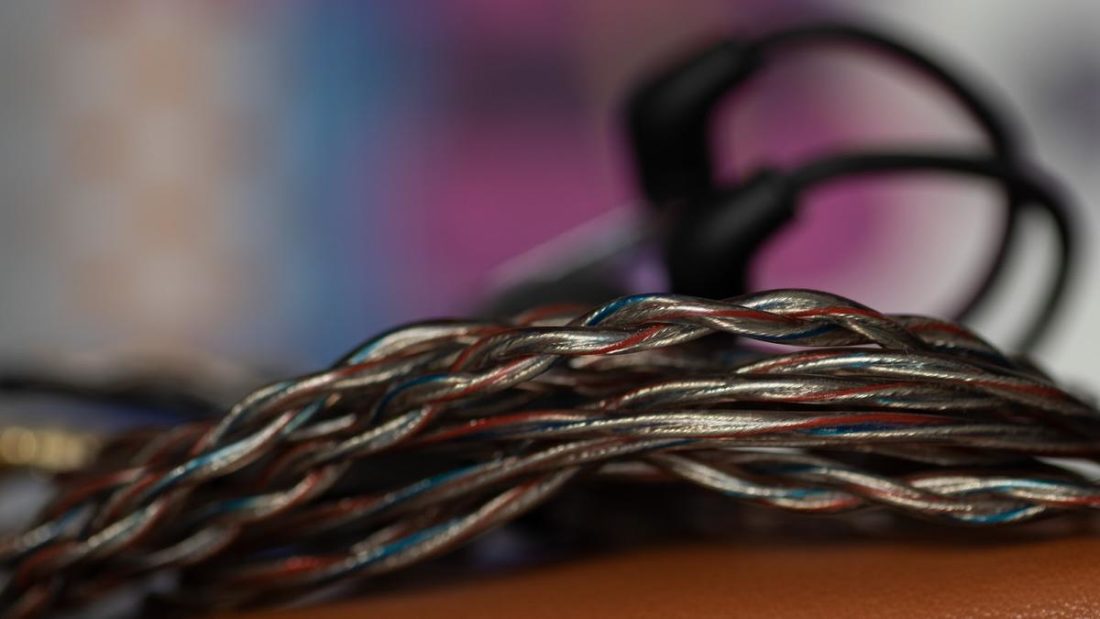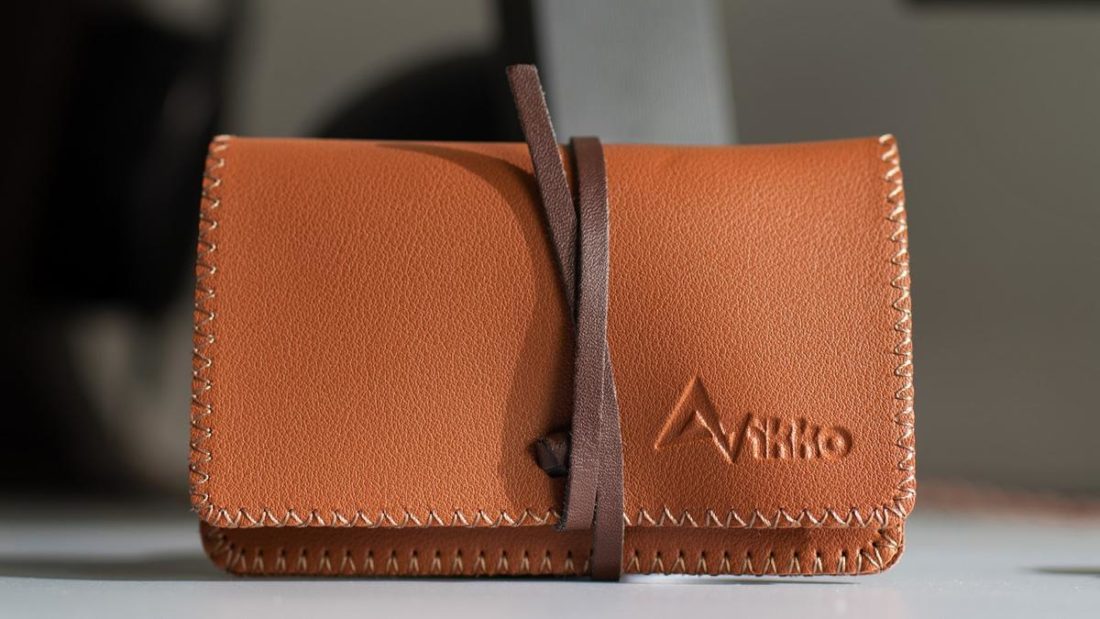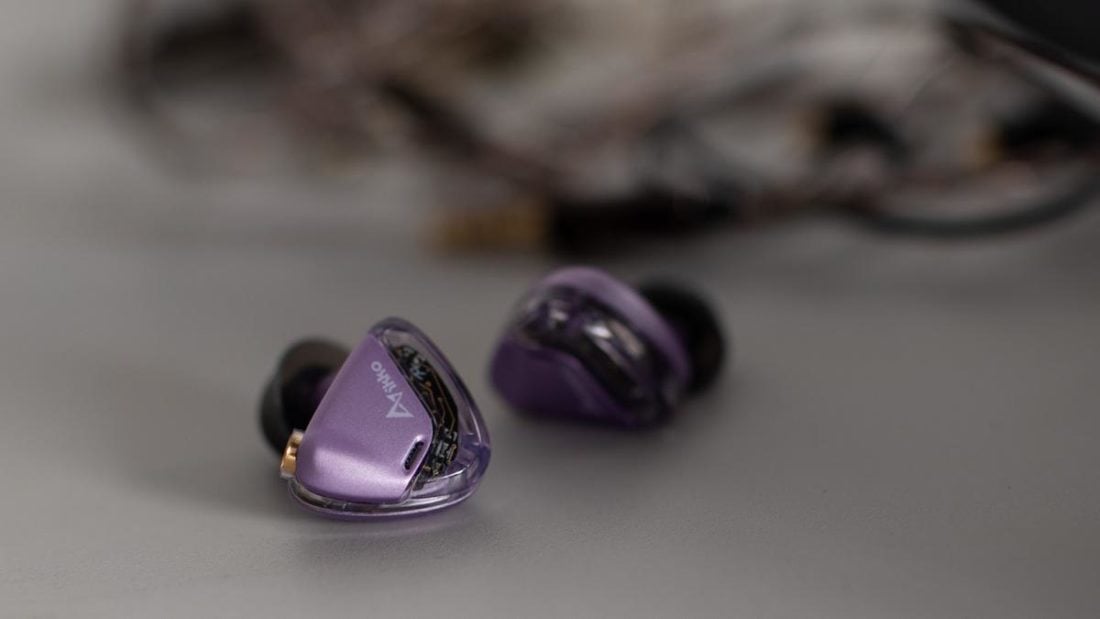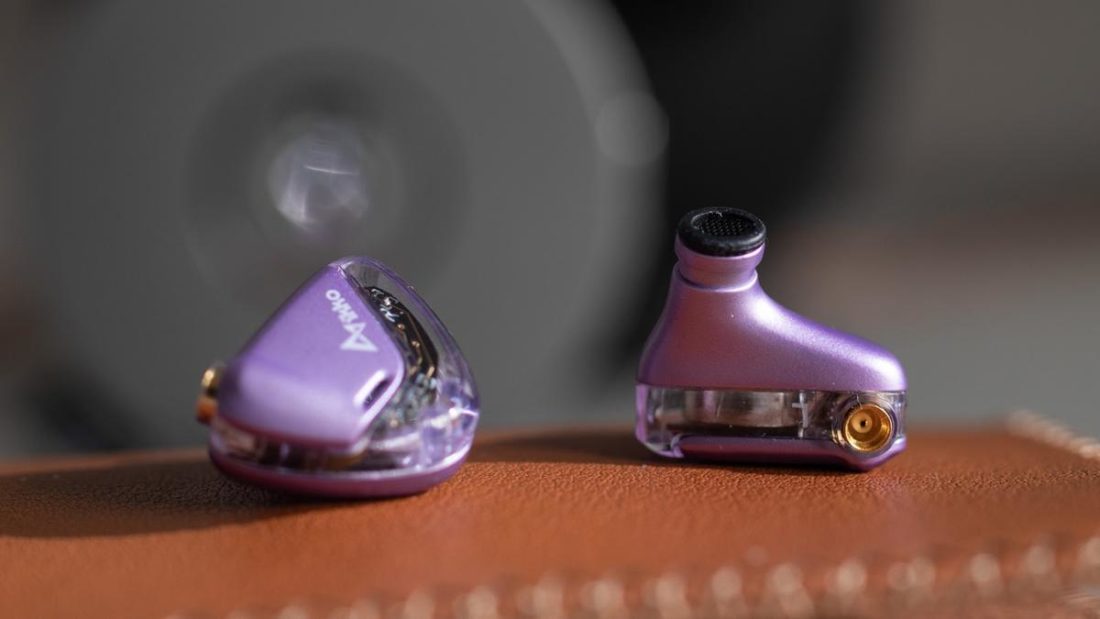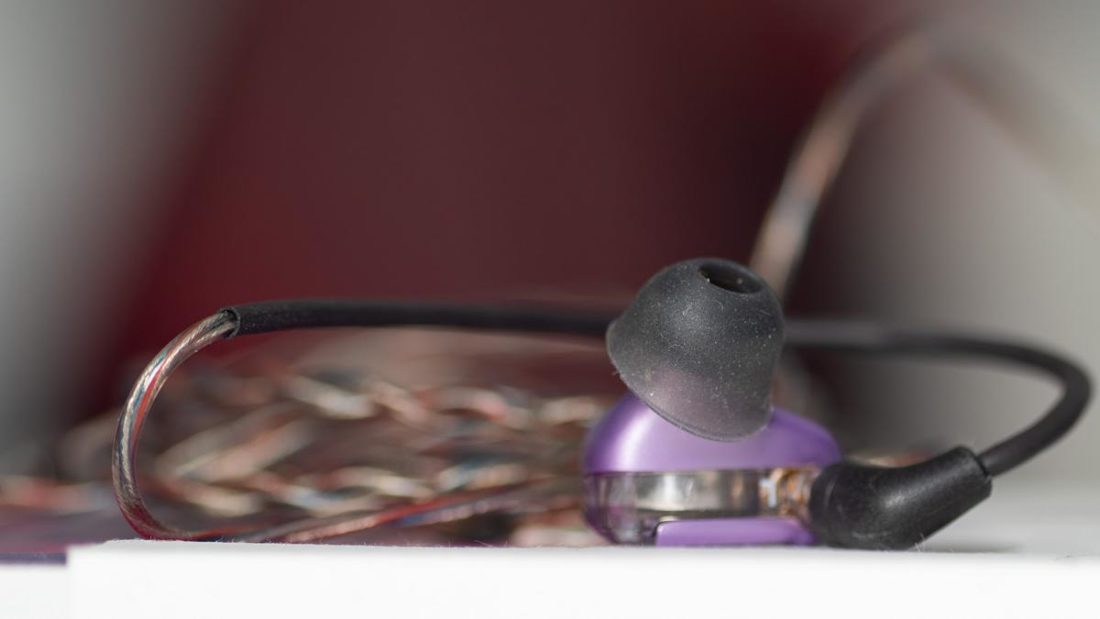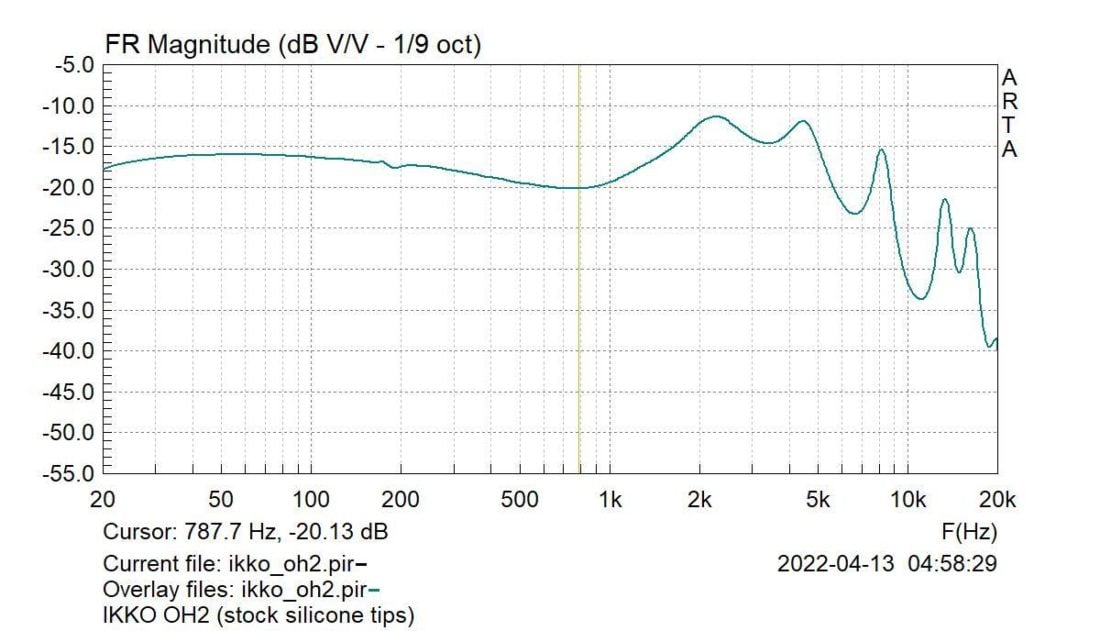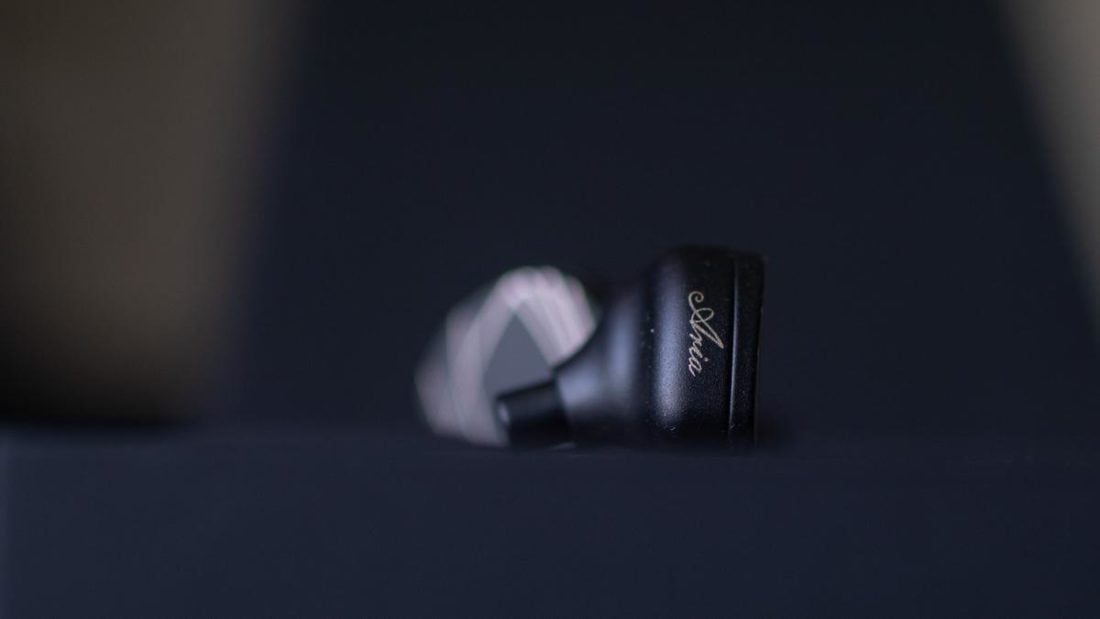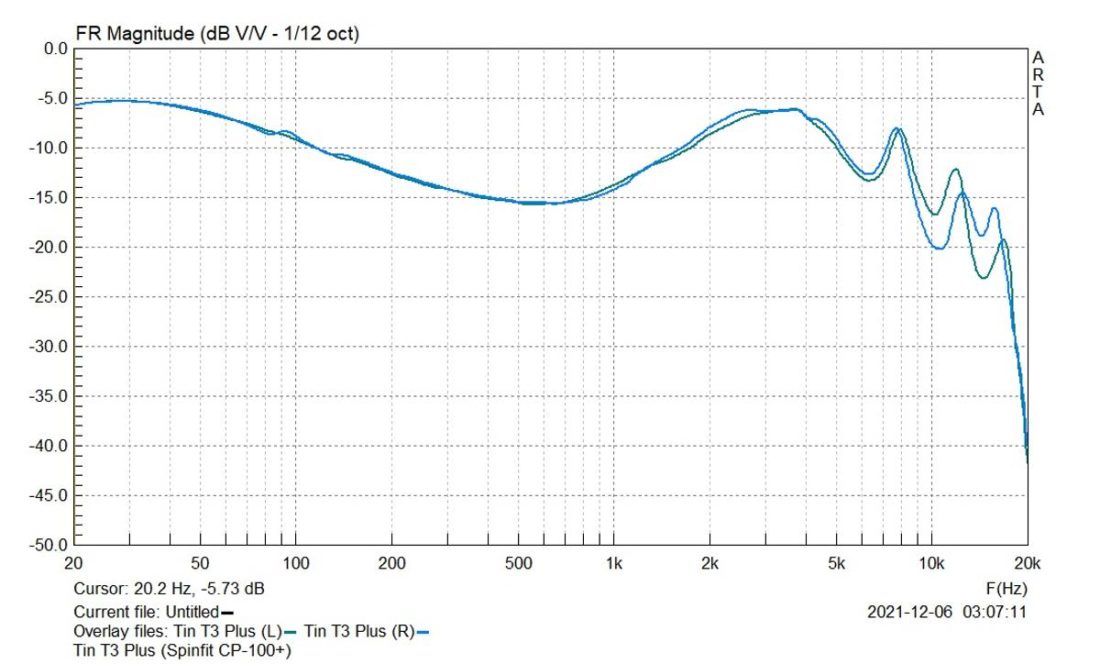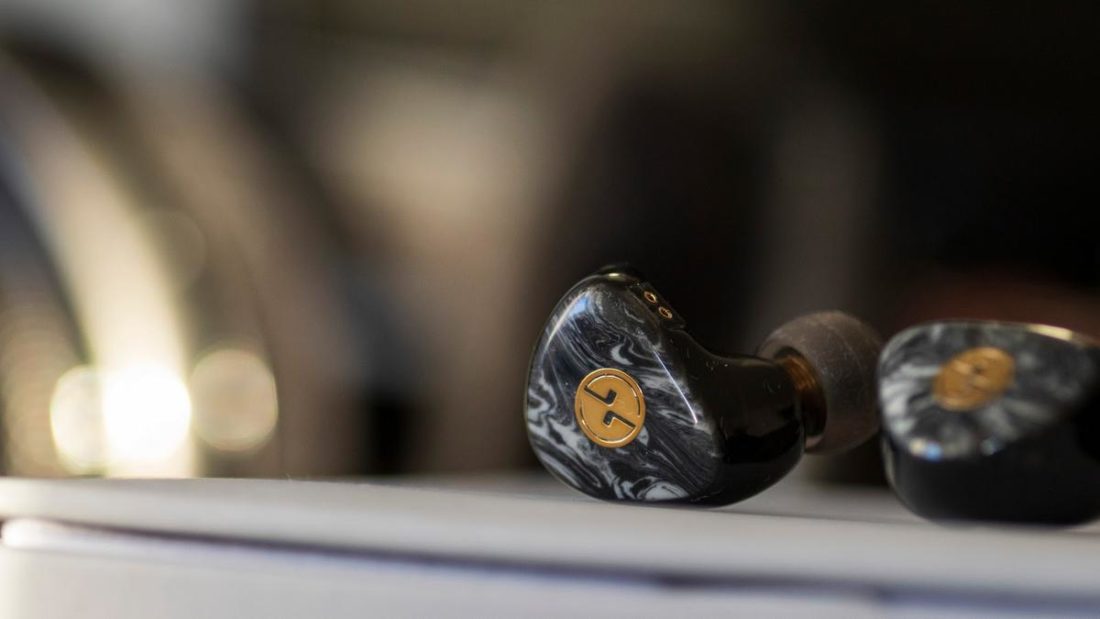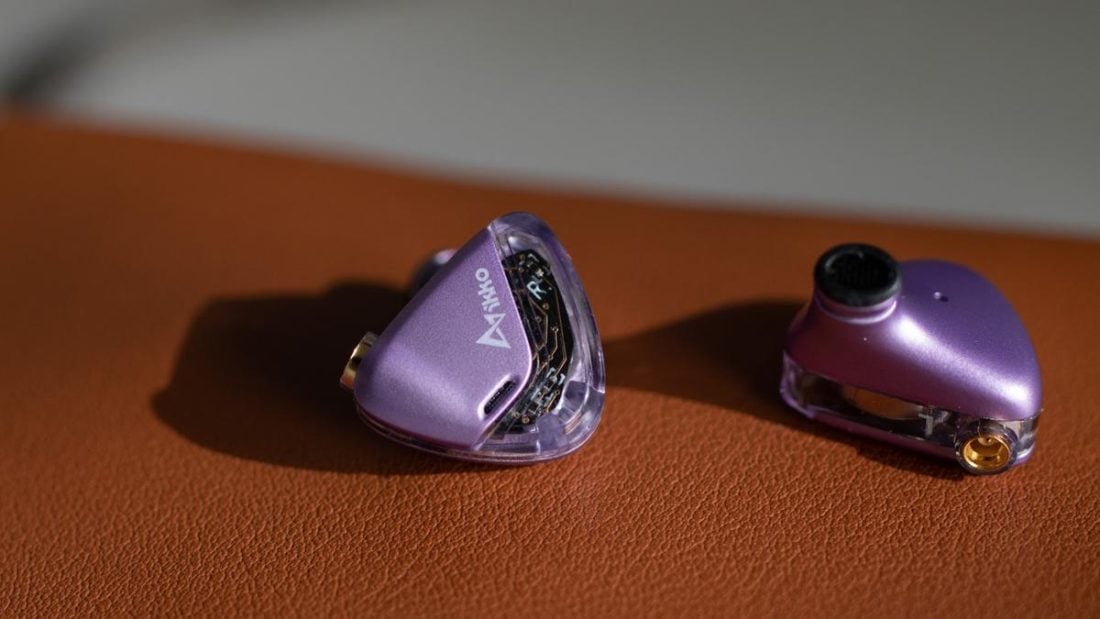IKKO Audio put themselves on the map with the release of the OH1 and OH10 IEMs. They have a distinct design language throughout their product range which helps them stand out in the crowded marketplace. IKKO OH2 are the newest entry in their IEM lineup and aim to capture a piece of the over-crowded sub-USD$100 budget IEM landscape. Buyers are spoilt for choices in this range, so IKKO needs something special to truly entice. Let’s see if they manage to impress.
Technical Specifications
Form: IEM Drivers: 1 x 8mm carbon-nanotube diaphragm dynamic driver Impedance (Ohm): 32 Ohm Sensitivity (dB): 100dB/mW Frequency Response (Hz): 20 Hz – 20 kHz Removable Cable: Y Source Jack: 3.5mm Cup/Shell Jack: mmcx Mic: N
Packaging
IKKO nailed the unboxing experience. The box is colorful and comes with extras like a magnetic anime figurine and a fox-themed brooch.
In the box
IKKO Gems OH2 IEMs 1.2m 3.5 mm cable with mmcx connectors 6 pairs silicone eartips 3 pairs foam eartips 1 pair extra nozzle filters Pleather carrying pouch Brooch mmcx removal tool Anime figurine
In general, the accessories are of good quality, with two caveats: the oval tips, and certain aspects of the stock cable. The oval tips did not give me a good seal, so I had to switch to the foam tips – which are excellent – some of the best foam tips I’ve tried to date. The silver-plated, single-crystal copper cable has two cores, a rather stiff sheathing, and annoying memory hooks. Add the mmcx connectors that rotate too easily and it’s not the best stock cable. There are IEMs in this range with a better stock cable. The carrying case is a bit cumbersome to handle and doesn’t have extra chambers to hold the tips or the cleaning tool. Form over function.
Design
The OH2 have a unique shell, with the internal PCB itself being part of the design language. A transparent polycarbonate window is sandwiched between two pieces of anodized aluminum. The sides of the driver and the PCB are visible through the transparent bit. There is one vent on the inner-side of the IEMs and another on the faceplate. The nozzle has an oval shape, similar to the Beyerdynamic Xelento IEMs. I haven’t found any practical benefit of this nozzle shape so I have my doubts about the claims of better pressure-relief. The nozzle can be removed and replaced if it gets clogged.
Comfort and isolation
The earpieces are light and very comfortable to wear for long sessions. However, isolation is merely average with the stock silicone tips as seal is an issue. The foam tips have far better isolation.
Internals
The OH2s use an 8mm “deposited-carbon” diaphragm driver. This usually indicates a carbon-nanotube deposited (via physical vapor-deposition process) PET driver that has higher stiffness than typical PET diaphragms. The increased stiffness improves linearity of driver motion and improves treble response, on paper at least.
IKKO OH2 Sound
The mid-bass throws a veil across the entire lower-mids region, resulting in a warm but recessed midrange. The lack of treble sparkle or energy further enhances the sense of smoothness, at times at the expense of engagement.
Bass
The mid-bass takes prominence over the sub-bass here, as the sub-bass sounds rolled-off beyond 40Hz. This results in an absence of rumble or physicality of the bass. This makes fast bass-lines blur into each other, such as double-pedals in many metal tracks. On the other hand, heavy snare hits have a satisfying impact, which is more suitable for rock music. Bass texture is above-average, but falls short of some of their peers.
Midrange
Slight lower-mid recession (by about 3dBs), mid-bass prominence, and a reserved upper-mid rise result in a veiled midrange. Subtle low-level details like the deep understroke of the piano on Radwimp’s Date are lost. As a result, female vocals sound wonderful. Well-articulated without being pushed to the front of the presentation. String instruments are rendered well, though they lack some bite. Electric guitars are also smoothed over to a degree, with distortion riffs lacking some of their signature “crunch” sound.
Treble
The highs are rolled-off and are rarely felt. A peak around 5kHz adds some life into the presence region but then it downturns. There is a lack of airiness up top as well, which becomes evident when listening to the triangles on Dave Matthews Band’s Crash Into Me.
Soundstage and imaging
The soundstage is very much in-your-head. The tuning of the midrange does help in spreading vocals out further away from the listener, but this illusion breaks down quickly as other instruments start playing. Imaging is also two-dimensional with a noticeable lack of cardinal positioning of instruments.
Dynamics and speed
Macrodynamic punch is softened, which reduces the dramatic impact of sudden bass drops, for example. Microdynamics are also merely average with subtle gradations in volumes not being picked up.
Comparisons
Vs Moondrop Aria
Moondrop Aria are one of the benchmarks in the under USD$100 bracket, warranting a comparison with the IKKO OH2. In terms of build, it’s hard to pick a winner. The OH2 look more futuristic, whereas the Aria have a more traditional look. The stock accessories are superior with the OH2. Comfort is good with both pairs. In terms of sound, the Aria go for a more sub-bass focused tuning with superior rumble and better bass texture. The mid-bass can feel anemic at times on the Aria, where the OH2 fare better. Lower-mids are similarly recessed on both, with equally restrained upper-mids. However, the Aria have more energy in the treble, especially around the presence region. Staging is wider on the Aria, with a tad better imaging. Macrodynamic punch is also superior on the Aria, whereas both suffer in terms of microdynamics. Overall, the Moondrop Aria have a similarly smooth signature that doesn’t skimp on treble as much as the OH2 do. In case someone finds the Aria treble too much or the sub-bass too distracting, the OH2 are be a viable alternative.
Vs TinHiFi T3 Plus
The Tin T3 Plus are another contender in the under USD$100 range, but aim for a different signature than the OH2. In terms of build, the T3 Plus are fully resin and look quite generic. Accessories are more fleshed out with the OH2. Comfort is similar on both though isolation is better with the T3 Plus. As for the sound, the T3 Plus are bassier than the Aria, and focused exclusively on the sub-bass region. The bass quality is lacking, sadly, as bass texture is notably absent in the mid-bass region. The OH2 fare a lot better in this aspect. Lower-mids are also more recessed on the T3 Plus as the sub-bass frequencies mask them. Upper-mids are more prominent in comparison and the female vocals have similar presence on both these IEMs. Treble energy is also higher on the T3 Plus, leading to better stage width, separation, and a more engaging listen. Microdynamics are better on the T3 Plus as well, whereas macrodynamic punch is somewhat stunted by the poor bass definition, so overall that’s a tie. Overall, I think the OH2 have better defined bass and superior male vocal rendition. They also render string instruments and percussion better. The T3 Plus have a more dynamic sound and are more suitable for modern pop and rock music.
Where to Buy
Conclusion
The OH2 look gorgeous and impress with the packaging and accessories. They are also comfortable to wear and are powered well out of regular DAC/amp dongles. It’s their sound where they fail to elevate themselves above the competition. They do not manage to excel in any one department to appeal to a wider or even a niche audience. In a vacuum, the IKKO OH2 are good IEMs. It’s too bad that the competition are stronger than ever and manage to excel in multiple aspects where the OH2 are merely adequate overall. The bass response is good, but it could be better. The midrange is fairly well-tuned, but lacks the engagement factor some of their peers offer. Meanwhile, the treble is too smoothed over to bring anything to the table. IKKO OH2 don’t stand out, and being average is just not good enough anymore.
